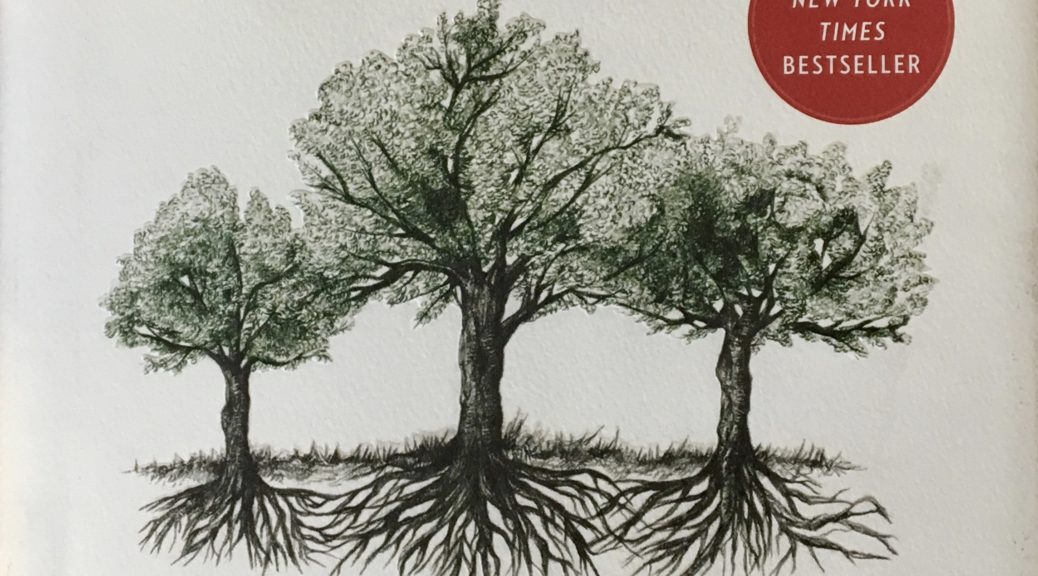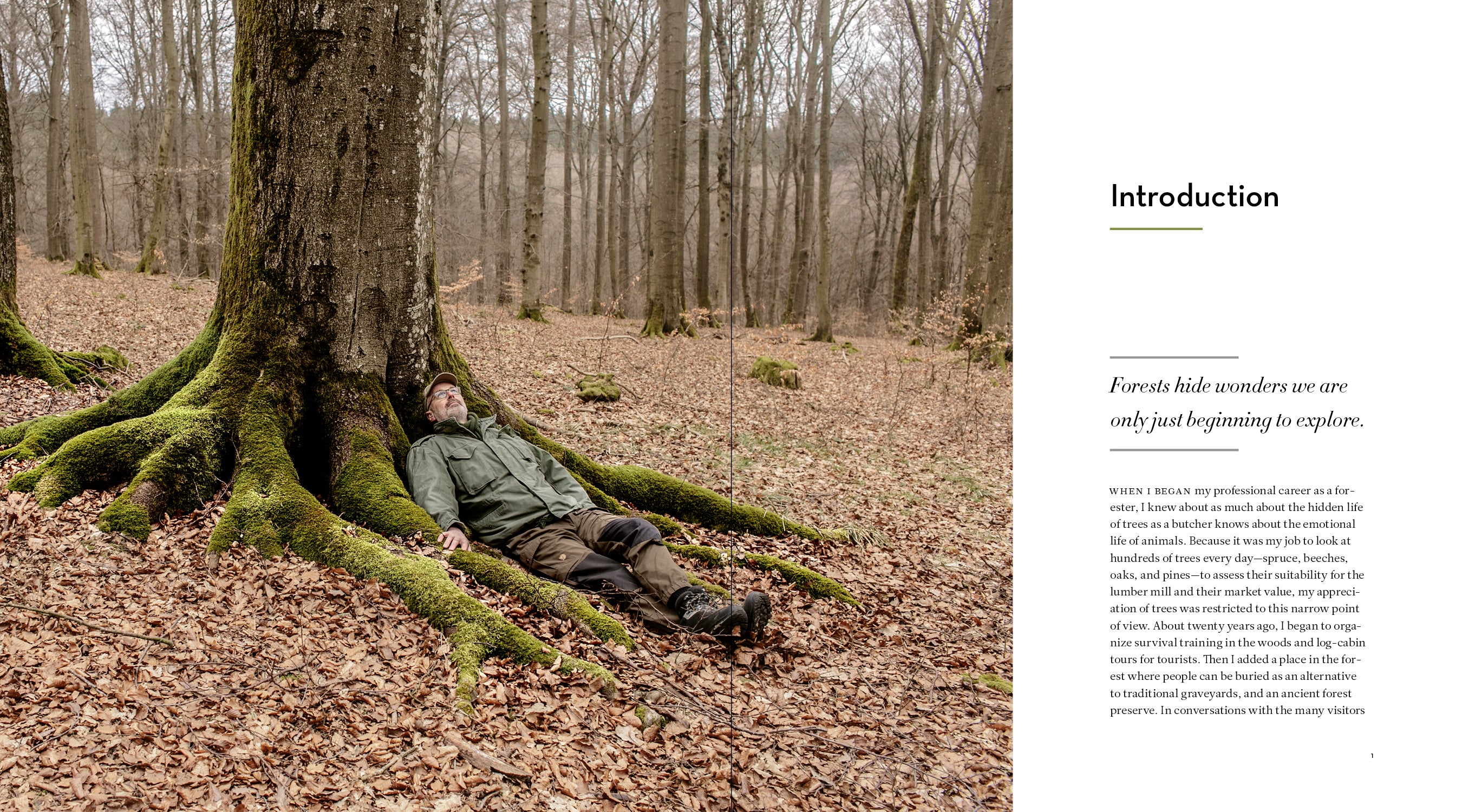
Many of these capabilities are introduced by an example of when Wohlleben observed the characteristic in a forest, and they are often explored throughout a chapter. This begins with communication between them and extends to regulating the climate around them, ‘learning’ from experience, exchanging nutrients, complex defense processes, transporting water into landlocked countries, ‘telling time,’ ‘making decisions,’ migrating, activating genes or thickening cell walls to adapt to their environment, and cleaning air. His primary purpose in the book is to reveal that trees have more complex capabilities than most people are aware of. Wohlleben shows how minute factors come together and that, thus, even seemingly futile elements are important. And thus he shares insights into biological processes that are indeed unknown to many, but that may also not be regarded as significant enough to consider at length. Often, Wohlleben begins with an anecdote and explores from there but, even once he has reached quite some depth in a biological phenomenon, he has not broken from his story-telling style. He writes of both his observations and the properties and processes that he looked into. Thus he learned of unknown workings of trees, of the organisms that co-exist with trees, and the whole forest. He often noticed peculiar things, which he then investigated. Peter Wohlleben shares his experiences from decades of observing the forest.

The original has been translated from German by Jane Billinghurst.

The following version of this book was used to create this guide: Wohlleben, Peter.


 0 kommentar(er)
0 kommentar(er)
